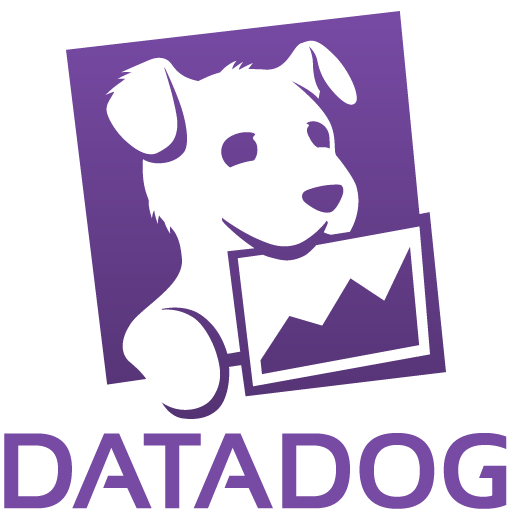Our primary use case for Datadog involves utilizing its dashboards, monitors, and alerts to monitor several key components of our infrastructure.
We track the performance of AWS-managed Airflow pipelines, focusing on metrics like data freshness, data volume, pipeline success rates, and overall performance.
In addition, we monitor Looker dashboard performance to ensure data is processed efficiently. Database performance is also closely tracked, allowing us to address any potential issues proactively. This setup provides comprehensive observability and ensures that our systems operate smoothly.
